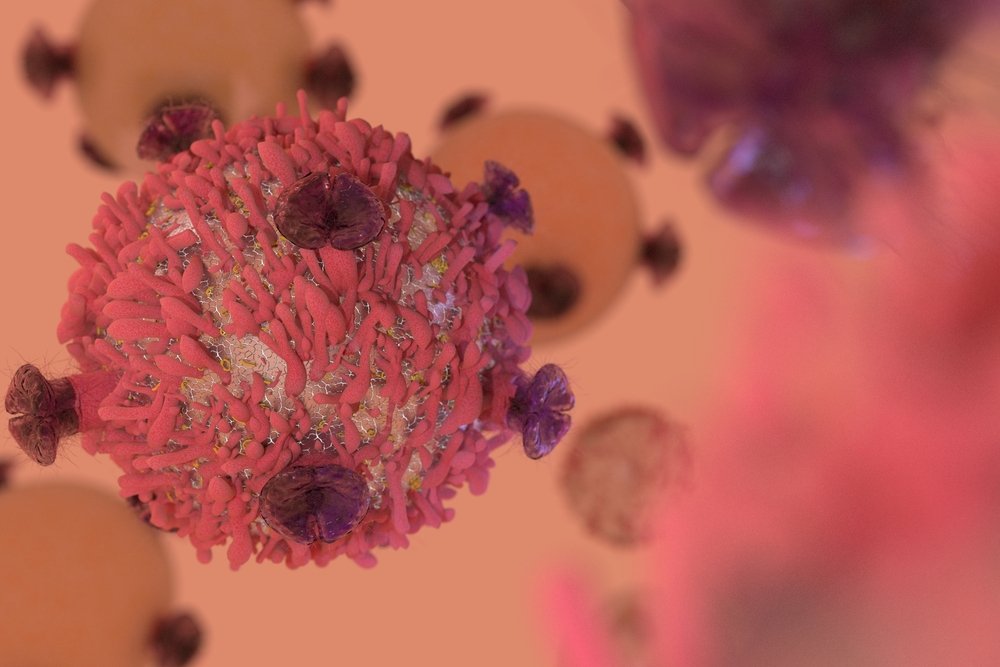Presence of Anti-SS-B Autoantibodies Not Linked to Lupus, Sjogren’s Syndrome in Study

The presence of anti-SS-B autoantibodies alone was not associated with connective tissue disease (CTD) in daily clinical practice, particularly in the case of primary Sjogren’s syndrome but also lupus patients, a new study shows.
The study, “Isolated positive anti-SS-B autoantibodies are not related to clinical features of systemic autoimmune diseases: Results from a routine population survey,” was published in PLOS ONE.
Autoimmune diseases like lupus are characterized by the presence of autoantibodies, or antibodies that attack a patient’s own tissues. Anti-SS-A and anti-SS-B autoantibodies are found in 50 to 70 percent of patients with primary Sjogren’s syndrome (pSS), 20 to 50 percent of lupus patients, and 5 percent of rheumatoid arthritis patients.
Patients with pSS, a disease that affects moisture-producing glands, are known to have two different antibody profiles: those who have both anti-SS-A and anti-SS-B autoantibodies and those with anti-SS-A antibodies alone.
Patients who have both autoantibodies have more severe glandular involvements and extra-glandular manifestations than patients without the antibodies.
But the value of these autoantibodies in patients with other CTDs is still controversial. The value of anti-SS-B autoantibodies, in particular, is linked in some studies with the development of lymphoma. But others show no significant correlation.
To determine the frequency and diagnosis associated anti-SS-B autoantibodies, researchers at the University of Lyon, in France, examined a group of 624 patients referred by physicians for an autoantibody profile.
Researchers used luminex technology, which detects antibodies, to determine whether the patients had anti-SS-A and/or anti-SS-B autoantibodies. Data on patients with only anti-SS-B autoantibodies was then analyzed to determine characteristics and diagnosis.
Out of the 624 patients, 84 had anti-SS-B antibodies. Among them, only 75 patients had known clinical data. Results revealed that 20 percent of these patients had a CTD, including four lupus patients, four rheumatoid arthritis patients, two with idiopathic inflammatory myositis, one with pSS, one patient with systemic sclerosis. Three additional patients had either undefined CTD or mixed CTD.
The remaining 60 patients included 18 people with non-CTD autoimmune diseases, in whom the presence of anti-SS-B alone did not correlate with characteristics of any specific disease, and 42 people with anti-SS-B autoantibodies with non-autoimmune diseases.
Based on these findings, the study concluded that the presence of anti-SS-B autoantibodies has little correlation with pSS especially, but also with CTDs like lupus in daily clinical practice.
Interestingly, no correlation was also seen between levels of anti-SS-B autoantibodies and a CTD diagnosis. Arthralgia, which refers to pain in joints, affected 10 people and was the most frequent symptom prevalent in this population.
Anti-nuclear antibody (ANA) levels were also assessed. This test used to determine the presence of an immune attack against your own body.
In this study, 41 percent of patients with anti-SS-B autoantibody were positive for ANA, but patients with CTD were more likely to have ANA than non-CTD patients, suggesting a correlation between both autoantibodies.
“The present study demonstrates that the positivity of anti-SS-B using luminex technology, without anti-SS-A autoantibodies, has little association with CTD including pSS in daily clinical practice, especially in case of ANA negativity,” the authors concluded.






